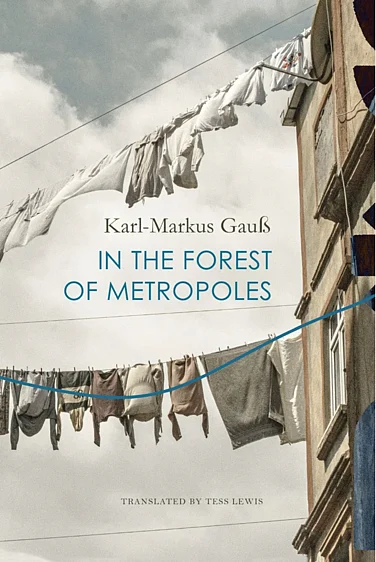When I first picked up this book, I thought, ‘Ah! I’ll be done with this one by the evening’. It’s a slim little one that seemed to be an easy read. However, three days later and I’m still gasping to catch my breath. For this is not a book to just skip through. You are so spellbound that you just don’t want to miss a word. Big hearts really do come in small packages.
The cover has a tiger approaching you, emerging out of a forest. But this is not a usual tiger story. Because some of it is told in the tiger’s own voice. And those are my favourite parts, because Anjana really does get into the tiger’s skin to bring us never seen before insights into the big cat’s world. There’s a particularly hair-raising moment. You first see the incident from the point of view of the young protagonists—Rohan, a city boy struggling with maths and holiday homework, and Manjul, a village girl who herds her cows, struggling to put some money for her father’s operation. Both are out further into the forest than they’ve ever been before. They don’t notice the grass shaking more than the breeze could be shaking it. They leave, unaware of the danger that was so close. Turn the page and you read the same incident, but seen through the tiger’s eyes. And he’s close, just a deadly leap away.
The story packs in a lot of information about that bane of our times, human-animal conflict, and the need for buffer zones. But it’s so well entwined into the story that you don’t get burdened with explanations. It’s an useful skill for an author, especially one writing for young people, for you can’t be giving them a lecture. And yet, if you don’t explain, there are going to be gaps in the story. Anjana gets this delicate balance right.
And then, there’s a ghost. Unbelievably, there’s so much packed into this tiny book. He’s creepy at first and does manage to spook. You’re scared and grateful for him at the same time. However, I felt he comes out in the open a bit too much. As perhaps does the tiger. I think the cover of the forest would have served the narrative better, kept both tiger and ghost more shadowy and less approachable. As it is, they get kind of friendly, which takes away the spook factor.
The other problem I had with this otherwise wise and wonderful book is that it’s wrapped up too perfectly. In the battle for land, the human-animal conflict, there are no easy answers. So the author did not need to provide them. She could have left some questions unanswered. Sometimes we tend to forget the wisdom of children and feel we must provide answers. We don’t. I believe in letting young readers feel the discomfort of unanswered questions, unresolved problems. There wasn’t any need to sugar this charmer of a book.
And now I am a bit overwhelmed. I too have been busy writing a first-person tiger book. How do I deal with those maddening, undealable moments? How do I reveal enough, but not too much? Yes, it’s easier to write a critique than a book.
(Paro Anand is the author of many children and young adult books)


























